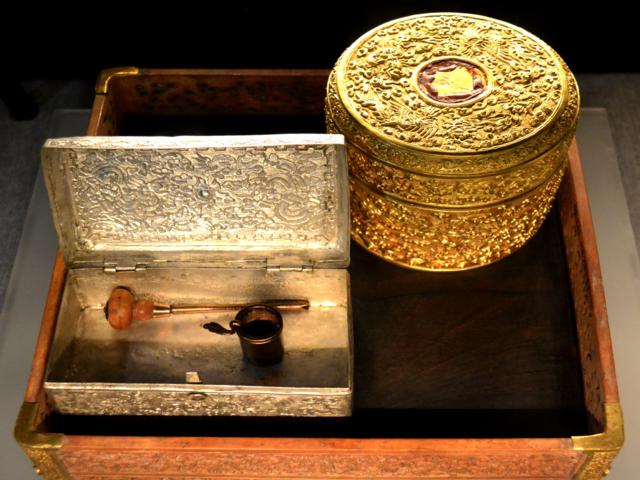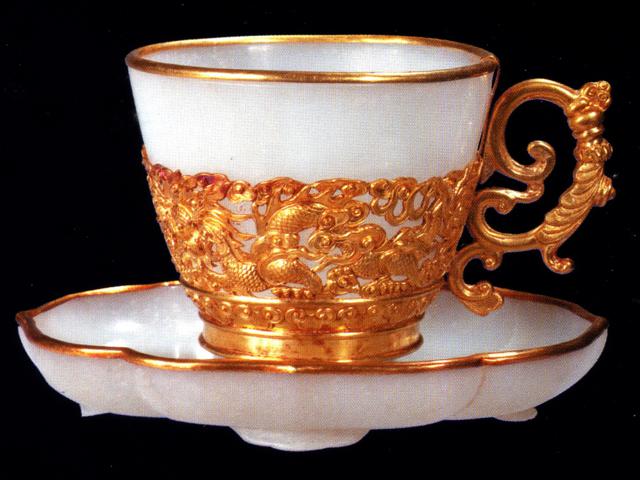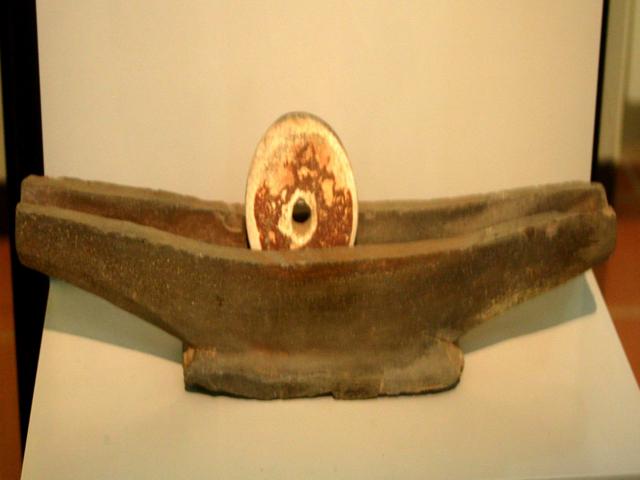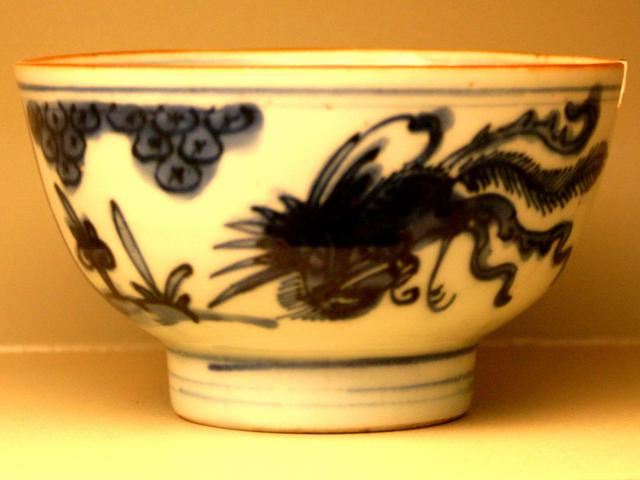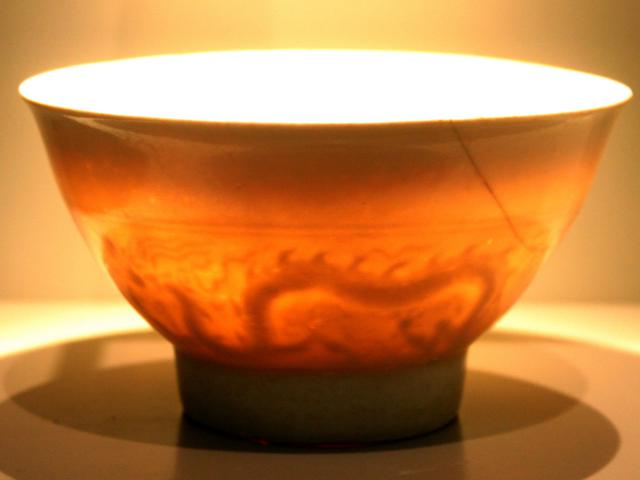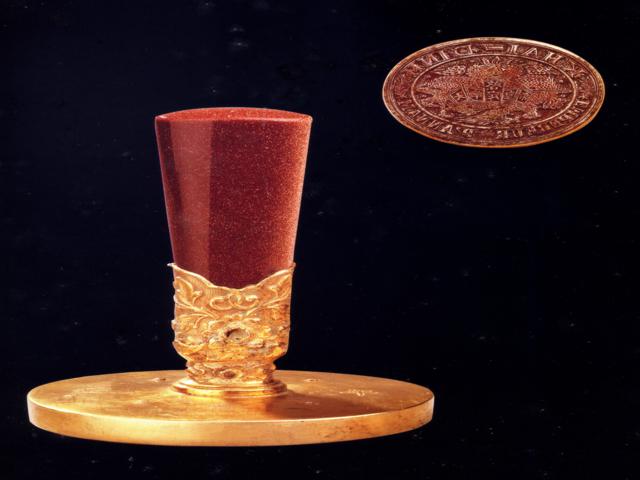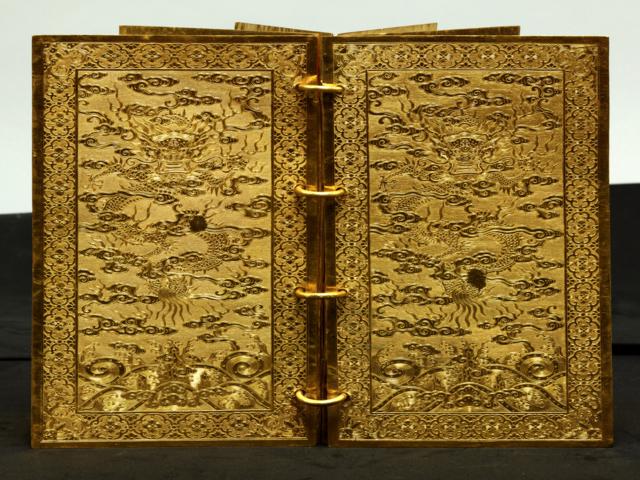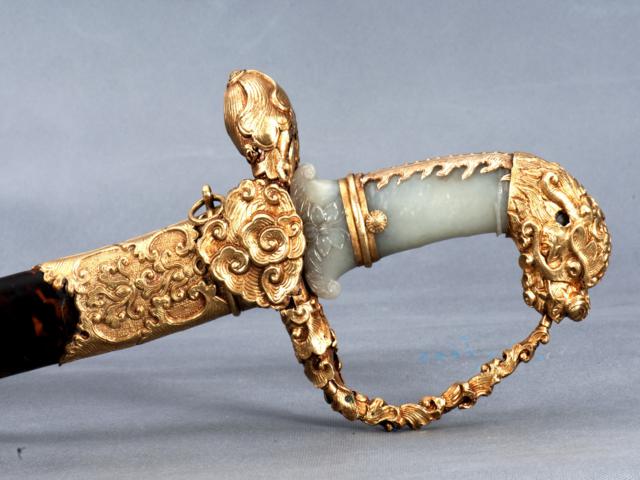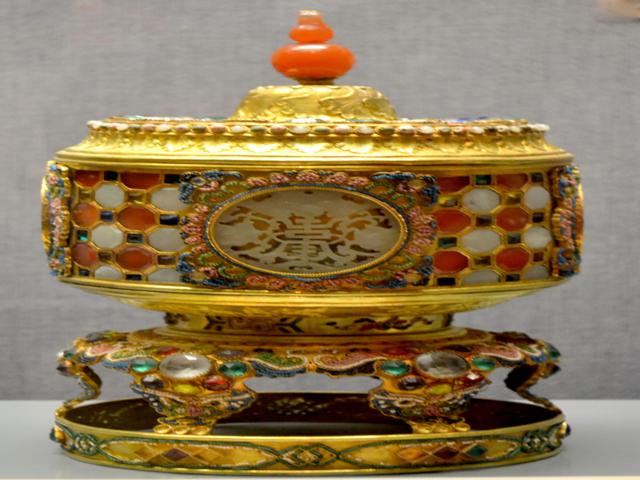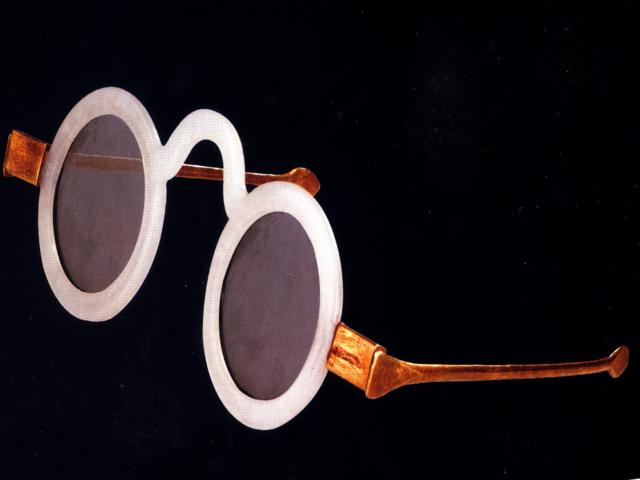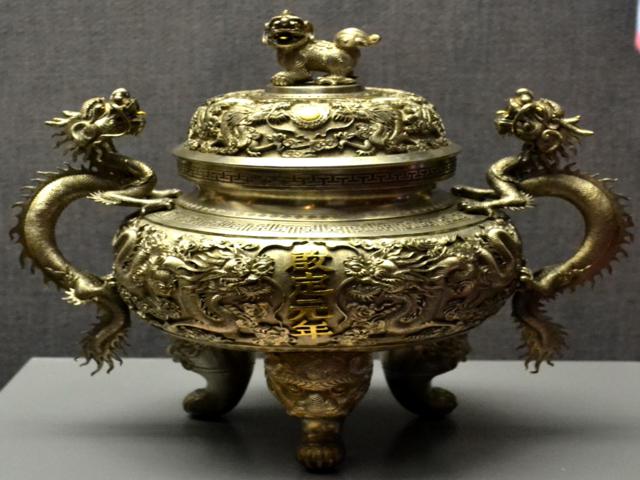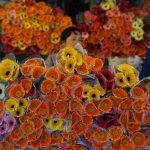Exploring Nguyen Dynasty’s royal antiques in Hue, Vietnam
The King, Queen, Prince, and Princess had their own things at the courts of Dai Viet’s dynasties, which were distinct from local people and referred to as royal goods.
These items were frequently engraved with sacred creatures like dragons and phoenixes. Even the number of dragon claws represented the King. Locals were not permitted to paint dragons on their possessions. If this rule is broken, the offender will be decapitated.
When the King held a reception to treat court officials during the Tet festival, royal items were sometimes utilized in the gathering. “On Tet festival, in the early morning, the king sat in Thien An palace while royal concubines were selecting their seats and mandarins were standing in front of the palace and conducting artistic shows,” according to a 14th-century bibliography of the Tran dynasty. The wine was served and the King was congratulated by royal members and subjects. The royals then headed to the palace to enjoy the festivities. After the party, each of them went out in turn”.
The King’s royal items were highly significant. The most valuable things at the period were washbowls, bowls, royal seals, swords, and betel mortars made of silver, gold, or precious jewels. The adage “as lovely as gold” applies to these royal items, which were primarily inlaid with gold, pearl, elephant tusks, silver, and jewels. The Nguyen dynasty’s royal artifacts were primarily made of gold. Vietnam National Museum of History currently keeps and occasionally displays this collection of royal antiquities for public viewing. We can only comprehend dazzling markings that time cannot touch by viewing these regal items.
The palace assigned a mandarin to watch and deliver royal goods since they were so valuable. According to the Complete Annals of Dai Viet, “during the reign of Le Tuong Duc in the year of Giap Tuat, on December 4th, 1514, the mandarin of royal things was the one who delivered the list of princesses’ notebooks, books, and pens to the King.” This mandarin came in sixth place as well. It might consist of 6 individuals serving royal items to the King. It is obvious that the King placed a high value on royal artifacts and their administrators. To appreciate the significance of these items, we may look at collections of royal antiquities from the Nguyen dynasty.
The most precious things are the swords of the Nguyen’s king with hilts made of gold, white gems and carved with dragon’s heads. These swords were not used in battles. They were royal swords, symbolizing for the power of the king. Other important objects are the seals, also called the royal seals, including Queens’ seals. Each King owned a different seal carved with the King’s name. For example, the golden seal featuring beautiful patterns with its shaft made of brown Kim Sa’s gems and its face written in French and Han scripts: Khai Dinh, Empereur d’Annam (Khai Dinh – the emperor of An Nam) and patterns of dragons, clouds, flowers and leaves. This was the seal of Emperor Khai Dinh (1916 – 1925) at the end of the Nguyen dynasty during the domination of the French.
In royal objects, we can witness altars made of gold inlaid with gems. These objects were skillfully made by the best goldsmiths from a royal agent named Kim Ngan Tuong Cuc (Literally means Department of Gold and Silver Statue). In addition, a gold and silver censer was carved with patterns of dragons and unicorns and the words: “Khai Dinh Nguyen Nien” (the first year in the position of Emperor Khai Dinh). The Nguyen’s kings often wore badges on their chests. Golden badges are also seen in the collection. These precious objects manifested the power of the Kings in the Nguyen dynasty.
Aside from that, we may see “typical” artifacts of Kings, Queens, and royal members such as a gold washbowl carved with dragons and phoenixes, a golden book set carved with dragons, clouds, flowers, and leaves, and betel mortars made of gold, silver, and elephant tusks. The tradition of consuming betel nut may be considered to have existed in all strata of ancient society.
Gold and gemstones are often used to make everyday things such as bowls and mugs. A soup ladle with stunning designs is fashioned of white pearl, gold, and reefs. Even the King’s chopsticks are fashioned of rare diamond. Many golden spittoons in the royal collection were engraved with phoenixes. The King’s spectacles are likewise fashioned of gold and white pearl. Ink slabs, pen sheaths, and expensive sculptures are among the King’s other possessions.
Many museums and collectors do not have royal items from other dynasties prior to the Nguyen dynasty. However, excavations at Thang Long imperial fortress in recent years have revealed royal relics. It’s a porcelain bowl that’s thin and clear. The dragon in the bowl was decorated by a Le dynasty craftsman. The dragon will seem alive and dazzling when exhibited in daylight. The Le Trung Hung dynasty’s blue-flowered ceramic bowl was also discovered in the imperial fortress. In addition, archaeologists also found many necessary belongings of ancient dynasties such as a herb mortar shaped as a boat to make medicines or a pottery loudspeaker decorated with lotus petals.
Because precious royal belongings were only made for the King and royal members, they were skillfully made by the best Vietnamese artisans. Artists can see those collections as a treasure of ancient plastic arts. Historians can understand the daily life of ancient people through traditions of eating betel and drinking tea, and the way of communicating news via pottery loudspeakers. These are valuable heritages of our nation.











